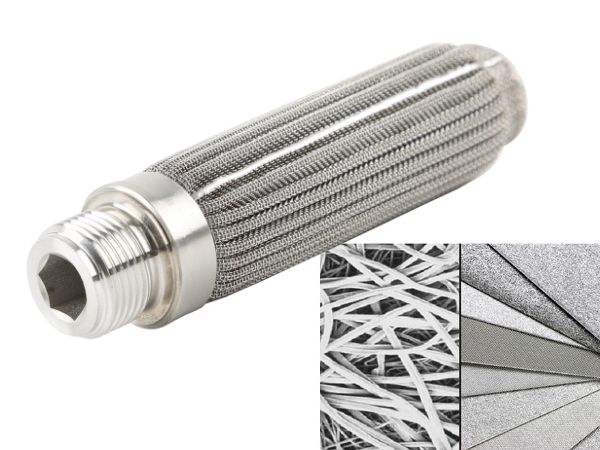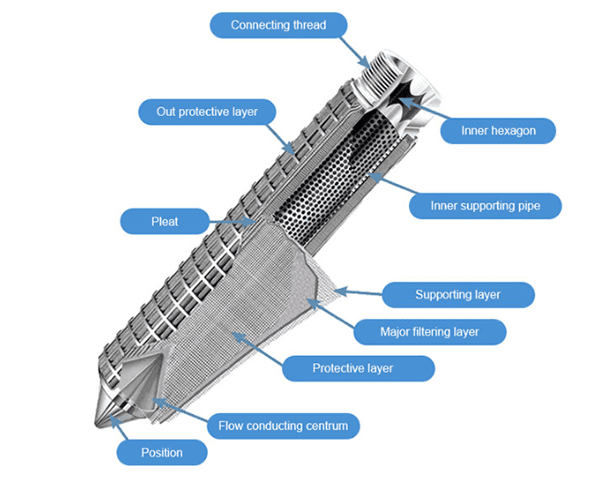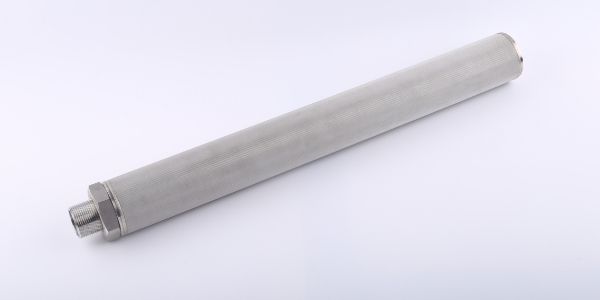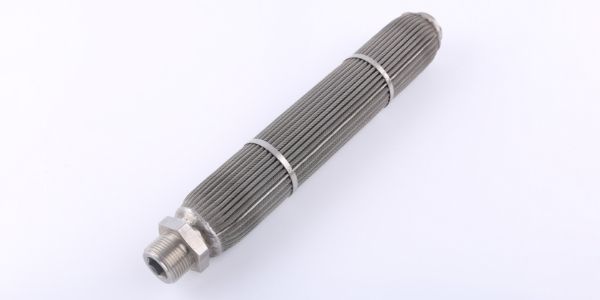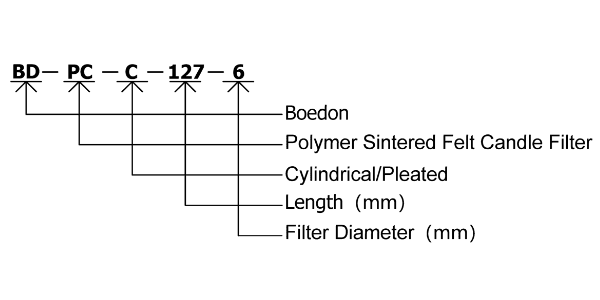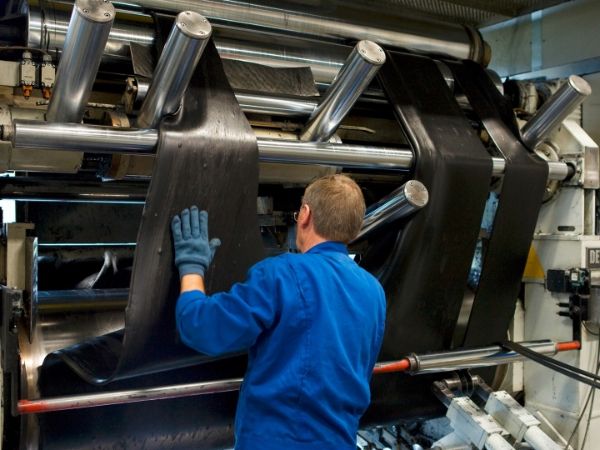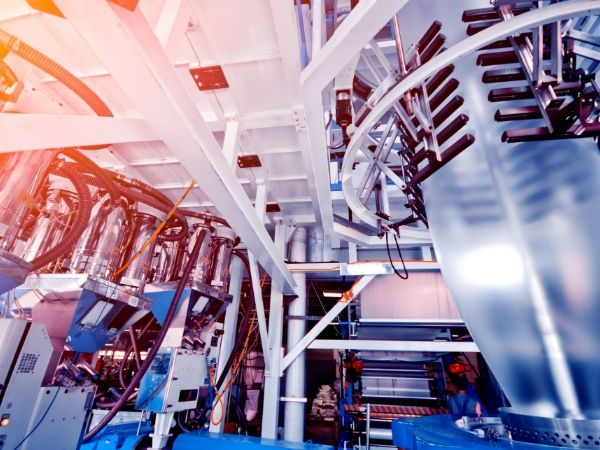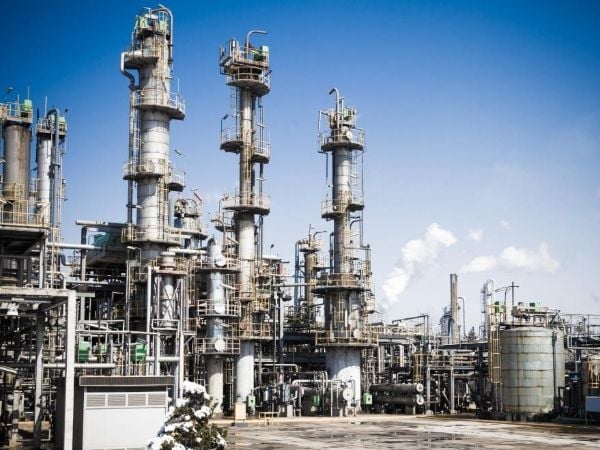Polymer Sintered Filter – Designed to Remove Impurities from Polymer Melt
Polymer sintered filter is made of 316L stainless steel, iron, chromium, aluminum and other metal fibers with a diameter of micro rating by sintering in high temperature and welding after special non-woven laying and stacking. So, it can withstand the high temperature conditions required in polymer melt filtration process. The sintered filter media has high porosity and delivers low pressure drop, high permeability and great dirt holding capacity.
Polymer sintered filter consists of a protection layer, a filtration layer and a support layer. The protection layer and the support layer are made of stainless steel wire mesh to protect and support the filtration layer. The filtration layer is made of sintered felt and plays a major role in filtering. Sintered felt can be pleated to increase its filter area and enhance its dirt holding capacity, thus improving its filtration efficiency.
We can also offer polymer sintered filters made of Hastelloy, Monel and other alloys for you to choose from.











